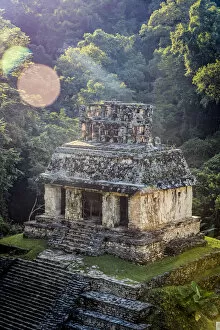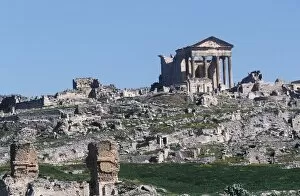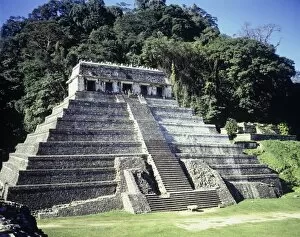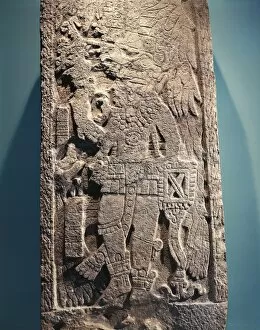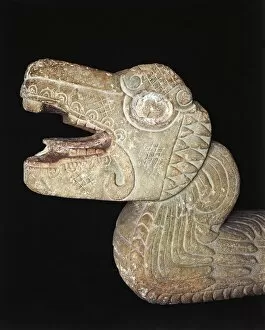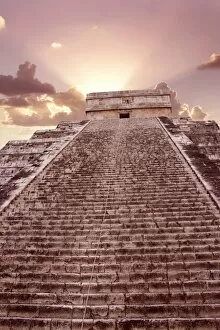Maya Civilization Collection (#2)
The Maya civilization, known for its rich cultural heritage and architectural marvels, continues to captivate us with its intricate artifacts
For sale as Licensed Images
Choose your image, Select your licence and Download the media
The Maya civilization, known for its rich cultural heritage and architectural marvels, continues to captivate us with its intricate artifacts. A Costumed Figure from Mexico, dating back to the 7th-8th century, showcases the artistic prowess of this ancient civilization. Crafted from ceramic and adorned with vibrant pigments, it offers a glimpse into their elaborate ceremonial attire. Another remarkable piece is the Relief with Enthroned Ruler, painted on limestone around 770 AD. This masterpiece depicts a powerful leader seated majestically on his throne, symbolizing the authority and grandeur of Maya rulership. As we delve deeper into their world, an Arch at the entrance to Kabah in Yucatan beckons us towards an archaeological site that holds countless secrets waiting to be uncovered. Its imposing presence serves as a testament to their advanced engineering skills and urban planning. Stela C from Copan transports us further back in time to the Late Classic Period of 780 AD. Carved meticulously out of stone, this monumental sculpture portrays significant events or individuals within Maya society. The Head of a Rain God carved from fossiliferous limestone reveals their deep reverence for nature and belief in divine forces governing rainfall—a vital element for agricultural prosperity. Terracotta figures found in Palenque provide insights into everyday life during that era. These two women depicted on a plate offer glimpses into fashion trends or societal roles prevalent at that time. A Large plaque with ideographic writing discovered at Palenque's Temple of Inscriptions sheds light on their sophisticated system of hieroglyphic writing—an essential tool for recording historical events and religious rituals. Intricate reliefs depicting priests making offerings inside the Sanctuary of the Temple of the Sun highlight their spiritual practices centered around celestial deities worshipped by Mayans across different regions. The Facade of the Temple of the Sun stands as a testament to Maya architecture's splendor—its intricate designs and meticulous craftsmanship leave us in awe of their architectural prowess.

